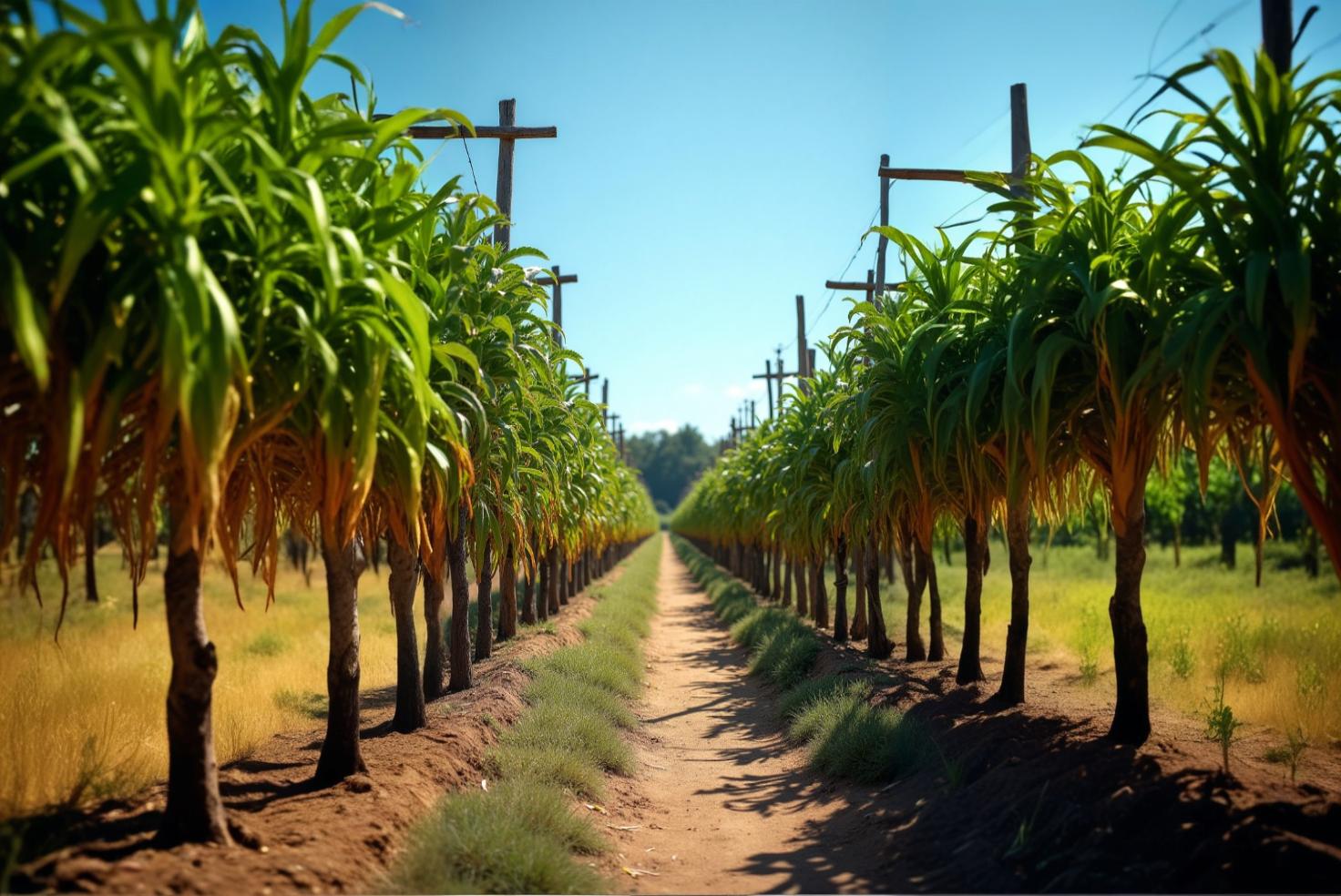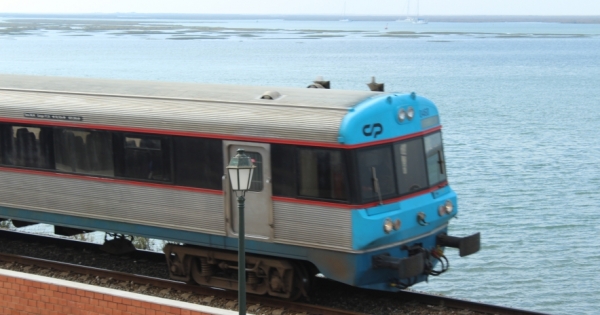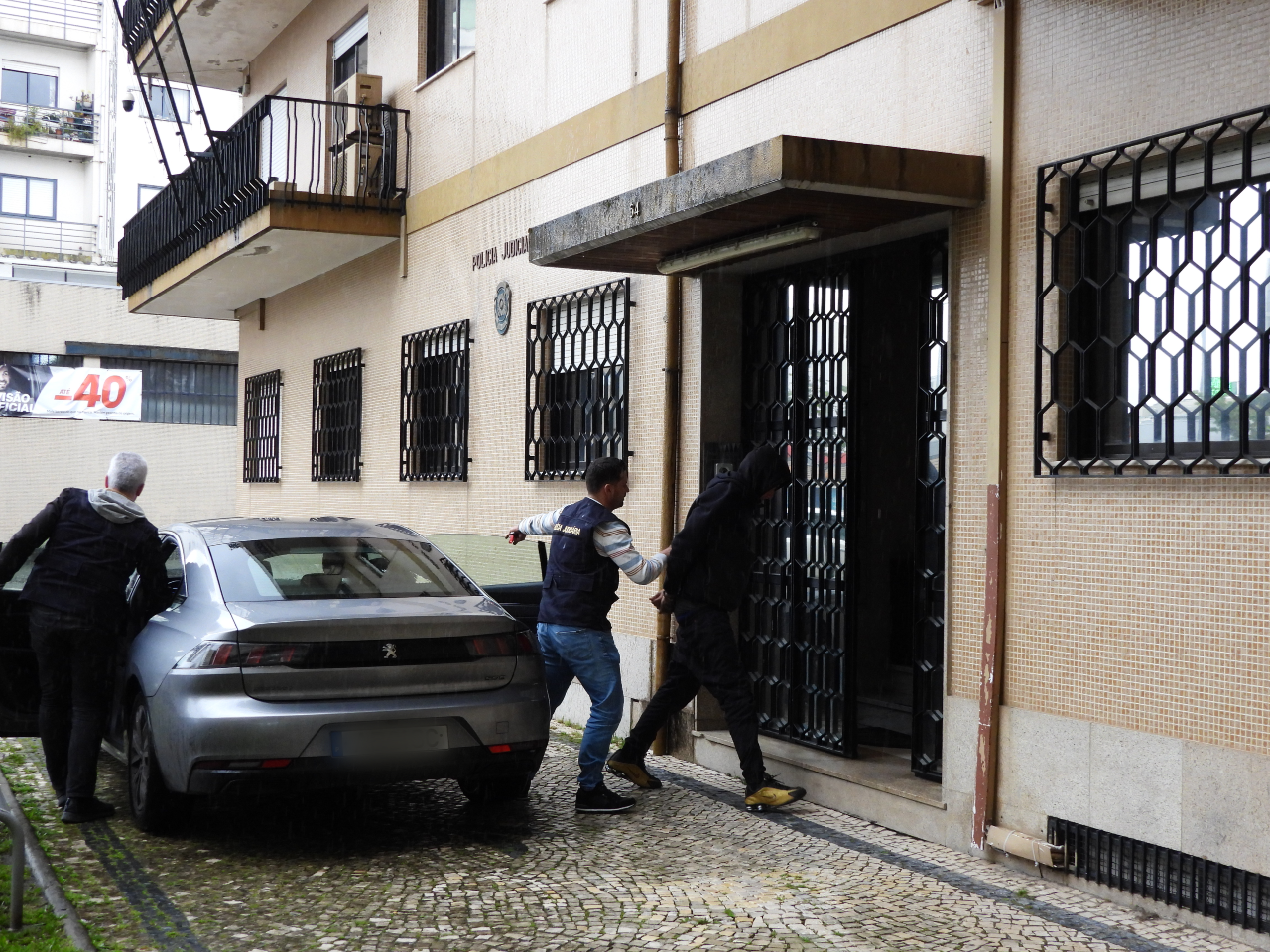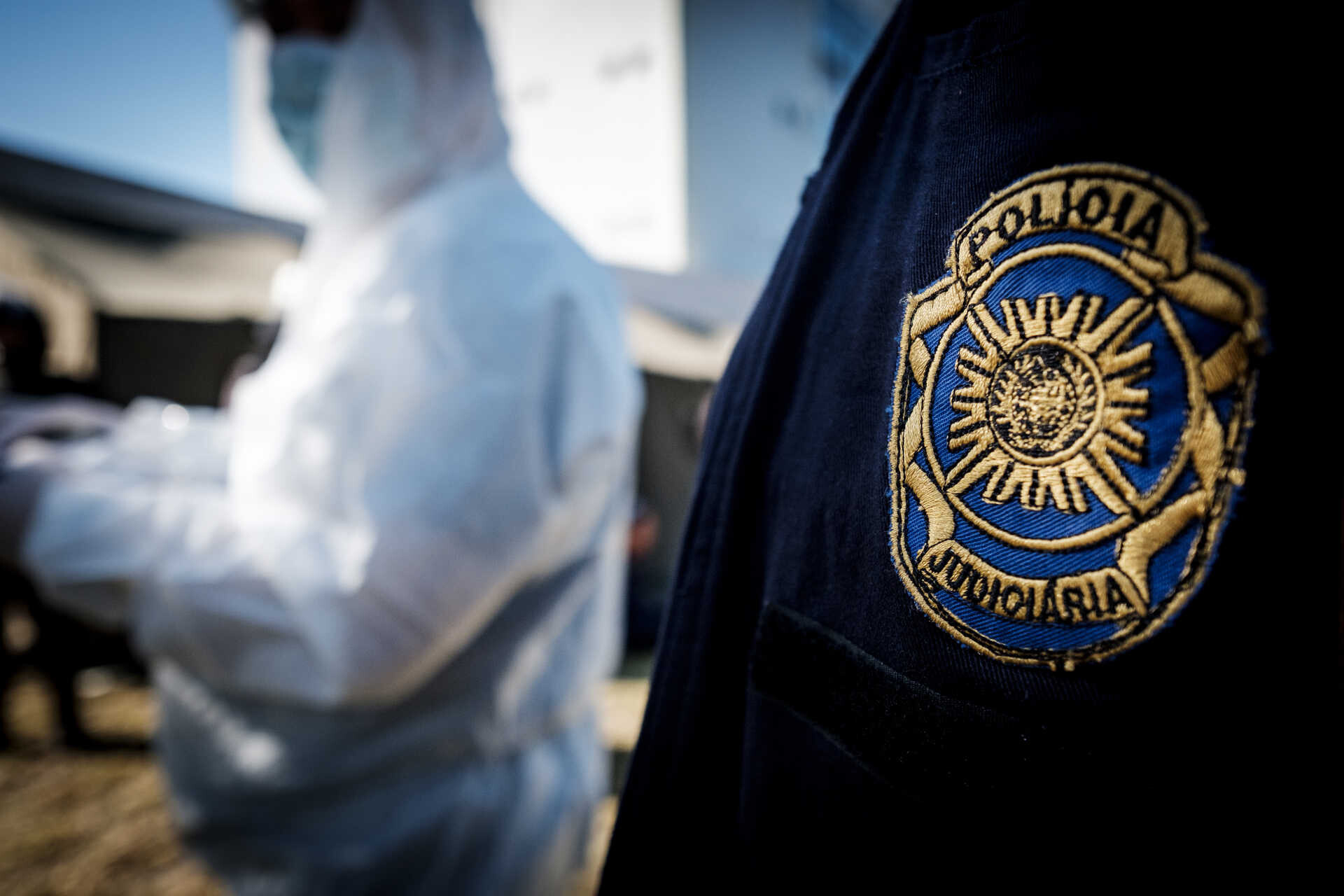A Shift in Algarve's Agriculture
Agriculture in the Algarve has been undergoing a transformation over the past few decades, driven by climate change, water scarcity, and the need for economic diversification. Traditionally linked to crops like oranges, carob, and more recently, avocados, the region is now exploring sustainable alternatives with higher added value. One such fruit, known as the "dragon fruit" due to its unique appearance, is beginning to make its mark on Algarve's farmlands.
New Agricultural Ventures
In this context, new agricultural initiatives have emerged, supported by both research projects and the efforts of small producers. Although not new to national territory, the cultivation of pitaya (dragon fruit) has gained visibility in the Algarve. In 2024, this topic was highlighted in regional and national media, driven by research projects and small-scale experiments.
Originating from tropical regions and belonging to the cactus family, pitaya has been studied by researchers from the University of Algarve, particularly at the experimental field located near Vila Nova de Cacela, in the municipality of Vila Real de Santo António. The project, funded by the European Union, aims to assess the viability of cultivating this fruit in both greenhouses and open fields, considering the region's water scarcity and climatic conditions.
Adaptation to Climate and Growing Interest
According to Professor Amílcar Duarte, who leads the project, this crop has significant adaptive potential to the hot and dry climate of the Algarve, provided that the crops are not exposed to frost. The plant, native to Central America, is notable for requiring minimal water resources and having a productive cycle suited to local conditions.
Despite being present in the country for several years, the economic scale of pitaya production has only recently begun to expand. Local farmers are increasingly interested, and acceptance among Portuguese consumers, who initially viewed the fruit with skepticism, is growing.
Local Quality vs. Imports
Agronomist Ana Rita Trindade, also involved in the project, emphasizes the superior quality of the domestic product compared to imported fruits, particularly because of the optimal harvest timing, which is closer to consumption. This freshness, combined with flavor and nutritional value, allows the product to fetch prices of up to eight euros per kilogram in local markets like Olhão. "Now, after five years, I can say this is an economically attractive crop," Trindade stated in September 2024.
Nutritional Value and Versatility
Pitaya is recognized for its nutritional benefits, being considered a nutraceutical food. Rich in antioxidants, fiber, and vitamin C, it is especially enjoyed during the summer months when its sweet and refreshing flavor makes it a light, hydrating option. The fruit's versatility allows it to be consumed fresh, in juices, desserts, or even salads.
With a still-growing domestic market and export possibilities, this fruit could represent a concrete response to the challenges of agricultural sustainability in the Algarve, particularly in the context of water scarcity and the need for productive diversification.


















Comments
Join Our Community
Sign up to share your thoughts, engage with others, and become part of our growing community.
No comments yet
Be the first to share your thoughts and start the conversation!